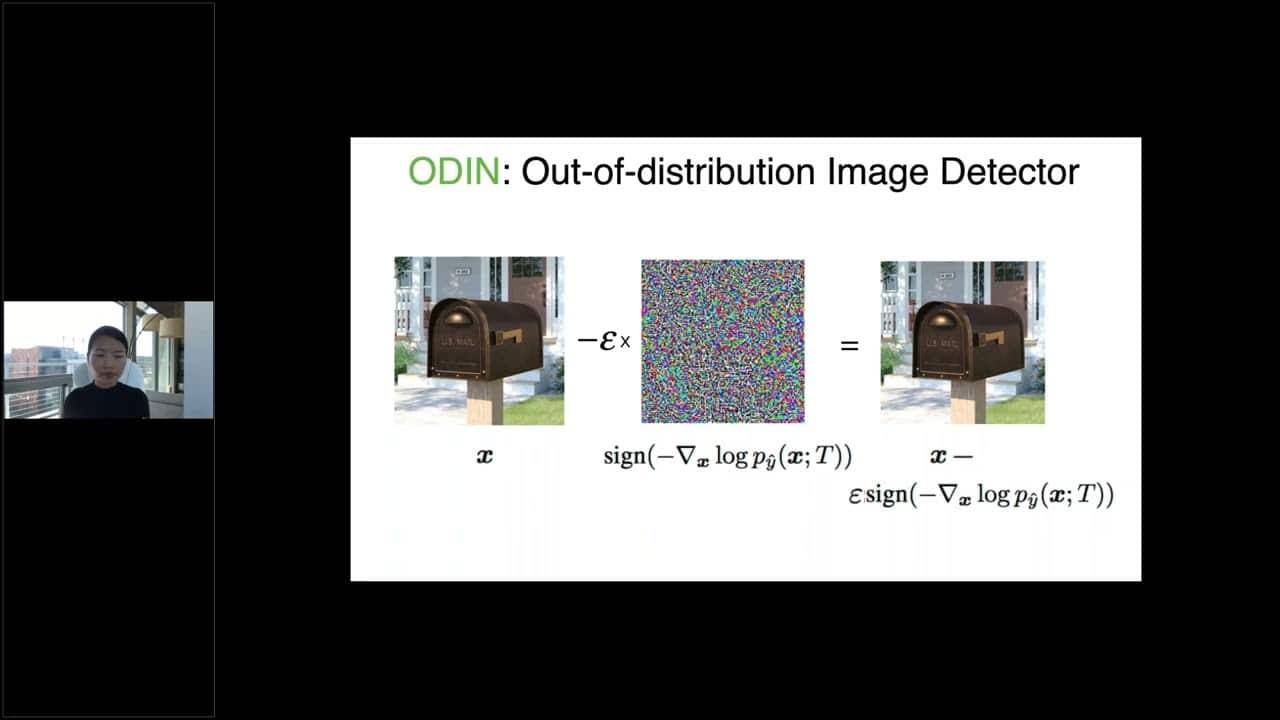Out-of-distribution detection is a process used in machine learning and artificial intelligence that enables a deployed system to detect when data input is drastically different from what the system has been trained on or is considered “normal,”. This process allows the system to recognize when it is receiving out-of-distribution data and react accordingly.
Out-of-distribution detection has become an increasingly important issue in the field of computer security, as machine learning is used more and more frequently in security applications. For example, malware and other attacks can use out-of-distribution data to evade the detection of machine learning-based security systems. Out-of-distribution detection can help to prevent these kinds of attacks by alerting humans or other systems that a situation maybe suspicious.
Out-of-distribution detection can be implemented in several ways. One way is to define and feed a “concept drift detector” into the system that will alert the system when the data differs significantly from the training data. This requires manually labeling the training data to set normal boundaries for the system. Another way is to use “label-noise robust learning” which allows the system to detect out-of-distribution data without manual labeling. Additionally, “one-class classification” can be used to identify out-of-distribution data by setting a classification threshold.
Out-of-distribution detection is an important part of deploying machine learning systems. It will help ensure that these systems are better able to detect and react to potentially damaging situations before they become too serious. As the use of machine learning in the security space continues to grow, it is important to implement out-of-distribution detection along with other preventive security measures.






